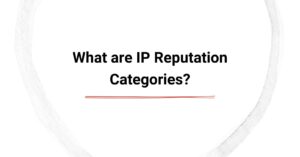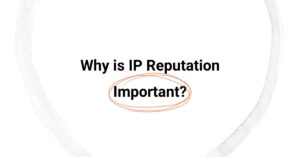We highlighted several common ideas and issues in part one this five-part email deliverability experts interview series, and sub-optimal data collection practices seemed like an appropriate place to take our first deep dive.
We heard about bad data and its ill effects in almost 100% of our interviews. These conversations, notably, were with professionals from all levels and areas of expertise in the email marketing industry.
Bad Data, By Far, Biggest Problem
Permissionless data, in addition to old data and listing bombing, were the top, specific complaints. Out of 16 specific issues, this is the breakdown of complaints:
- 48% harvested or purchased data
- 19% old, unengaged data
- 12% list bombing
Poor email list hygiene was also on the list of grievances. However data hygiene can be, especially depending on how its performed and by whom, a slippery slope into questionable practices.
“I think, in today’s world, it [the root cause of most deliverability issues] is poor data hygiene,” said David Fowler, Senior Privacy and Compliance Professional.
Fowler went on to say that many companies, in his experience, have some foundation that they want to build on using widely available tools, and do not start from scratch using best practices, specifically email hygiene.
Proactive Solutions: Find Trouble Before It Finds You
For deliverability professionals, preemptive tests can help weed out problems before you mail to permissionless or unengaged addresses. We created BlackBox with this type of bad data in mind.
Another proactive measure is to mitigate bounces by working with compliance-focused email verification services, like our own AlfredKnows or KickBox.
Whatever proactive tools you choose, the time spent preventing reputation risks upfront is the time your team won’t have to spend fixing larger deliverability issues, post-send.
Reactive Solutions: Tools to Help You Move Forward
Professional advice about data quality can be uncomfortable for clients who don’t understand email delivery and deliverability. While some clients embrace advice, others can be incredibly resistant to data-centric best practices.
“[Deliverability is] usually not given enough priority,” said Brad Gurley, Director of Deliverability at MessageGears. “Nobody really wants to follow your advice until they’re on Spamhaus.”
Although there are a number of proactive and reactive tools, Spamhaus Technologies is just one source used for threat data. Other tools include 250ok and eDataSource. We learned that most marketers don’t think about deliverability until the damage is done and that’s why it has become the responsibility of these email deliverability superheroes.
FWIW, You’re Not Alone
If you find yourself battling data problems, don’t give up. More than 60% of all our interviews included professionals talking about their bad data experiences, so you’re not alone.
When you’re in a bad situation, use your reactive tools, and forge ahead. Then get proactive tools, once you’re in the clear, to sidestep future issues.
Bad data doesn’t have to be the end of a good reputation and if you’re willing to put in the effort it takes to stay ahead of the curve, it’s totally worth it.









